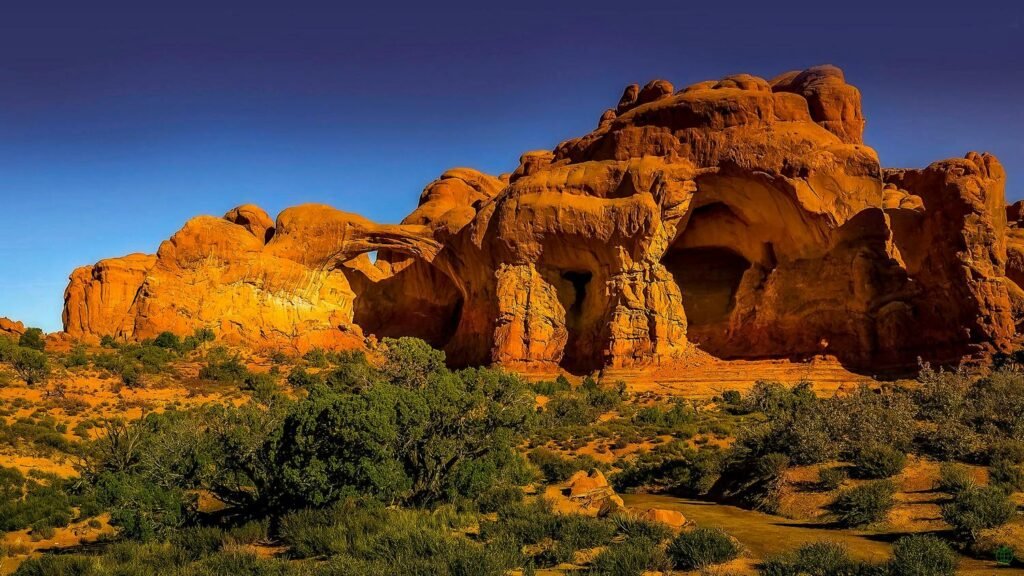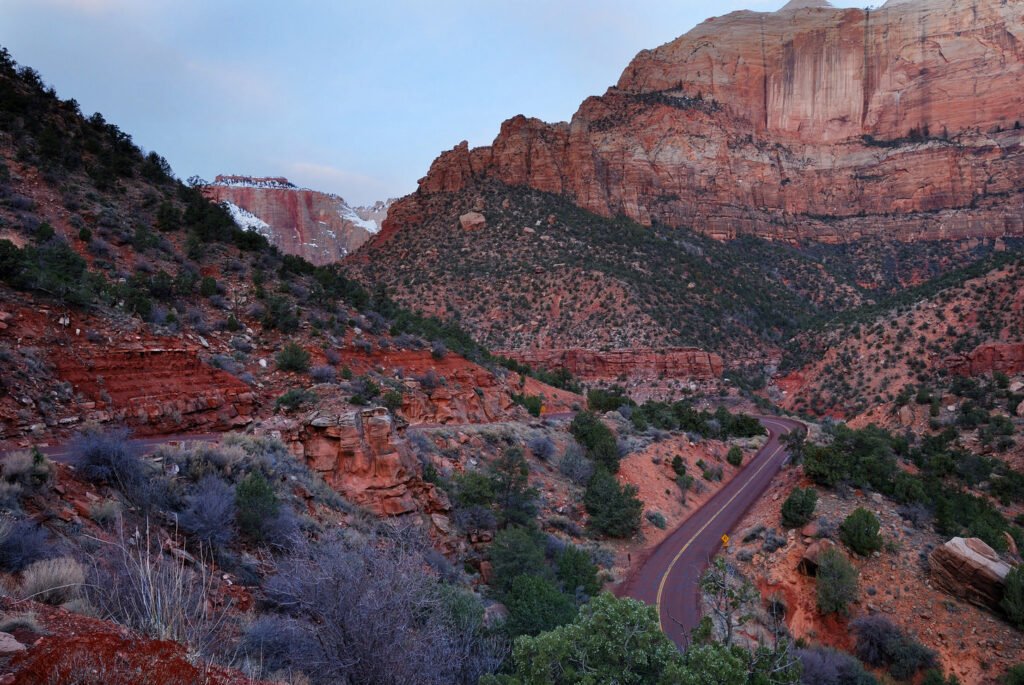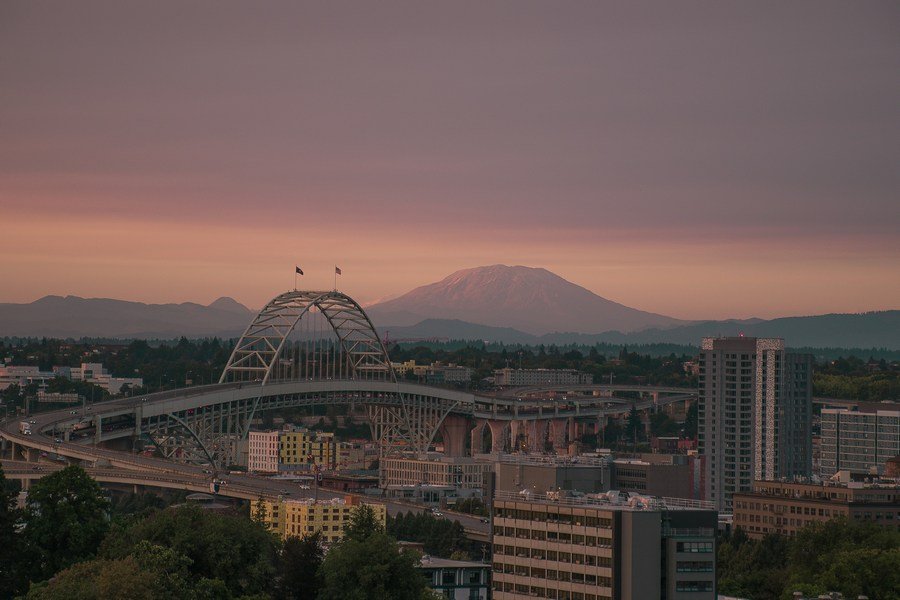Discovering Utah’s National Parks: A Complete Guide with Map
Utah, a state renowned for its stunning natural beauty and diverse landscapes, is home to five of the most incredible national parks in the United States. Known as the “Mighty Five,” these parks—Arches, Bryce Canyon, Canyonlands, Capitol Reef, and Zion—offer unique and breathtaking experiences for nature lovers and adventure seekers alike. To make the most of your visit, a detailed Utah map with national parks is essential. This comprehensive guide will help you navigate your journey, solve common travel challenges, and provide tips and tricks for an unforgettable adventure.
Table of Contents
Browse For Quick Flight And Hotel Booking

Planning Your Trip: Essential Preparation
Before embarking on your journey to explore Utah’s national parks, proper planning is crucial. Here are some steps to ensure a smooth trip:
Research and Itinerary Building
Start by researching each park to understand what they offer. A Utah map with national parks will be invaluable in planning your route and allocating time for each destination.
- Arches National Park: Famous for over 2,000 natural stone arches.
- Bryce Canyon National Park: Known for its unique hoodoos and stunning vistas.
- Canyonlands National Park: Offers dramatic desert landscapes and vast canyons.
- Capitol Reef National Park: Features colorful cliffs and historical landmarks.
- Zion National Park: Renowned for its towering sandstone cliffs and adventurous hiking trails.

Best Time to Visit
The best time to visit Utah’s national parks is in the spring (April to June) and fall (September to November). During these periods, the weather is pleasant, and the parks are less crowded. Summer can be extremely hot, especially in desert areas, while winter may bring snow, particularly in Bryce Canyon and Zion.
Accommodations
Decide on your accommodations early. Options range from camping within the parks to hotels and vacation rentals in nearby towns. For a more immersive experience, consider staying in park lodges, though these require early reservations.
Navigating Utah’s National Parks
Using a detailed Utah map with national parks, plan your route to ensure you make the most of your visit. Here’s a guide to help you navigate through each park effectively:
Arches National Park

Hiking Trails and Key Attractions:
- Delicate Arch: The most iconic arch in the park. A moderately difficult hike but worth the effort.
- Devils Garden: Offers a variety of trails, including the Landscape Arch trail.
- Windows Section: A short drive from the park entrance with easy hikes to massive arches.
Travel Tips:
- Arrive early in the morning to avoid crowds and secure parking.
- Carry plenty of water, especially during the summer months.
- Use sunscreen and wear a hat to protect against the harsh desert sun.
Bryce Canyon National Park

Hiking Trails and Key Attractions:
- Sunrise and Sunset Points: Best spots for panoramic views of the amphitheater.
- Navajo Loop and Queen’s Garden: Popular hiking trail that takes you down among the hoodoos.
- Bryce Point: Offers breathtaking views of the entire Bryce Amphitheater.
Travel Tips:
- Dress in layers, as temperatures can vary greatly.
- Consider visiting during off-peak hours for a more serene experience.
- Utilize the shuttle service during peak season to ease transportation within the park.
Canyonlands National Park

Hiking Trails and Key Attractions:
- Island in the Sky: Features short hikes and stunning overlooks, such as Mesa Arch.
- Needles District: Offers longer, more strenuous hikes with unique rock formations.
- The Maze: For the adventurous, this remote area provides challenging backcountry experiences.
Travel Tips:
- Ensure your vehicle is equipped for rugged terrain, especially in The Maze district.
- Check weather conditions and road status, as some areas can become impassable.
- Bring a detailed map and GPS, as cell service is limited.
Capitol Reef National Park

Hiking Trails and Key Attractions:
- Scenic Drive: A must-do to see the park’s stunning landscapes.
- Capitol Gorge Trail: An easy hike with petroglyphs and historic inscriptions.
- Hickman Bridge: A moderate hike to a natural stone bridge.
Travel Tips:
- Stop by the visitor center for trail maps and current park information.
- Try the locally famous pies at the Gifford House Store and Museum.
- Explore the lesser-known Waterpocket Fold area for a quieter experience.
Zion National Park

Hiking Trails and Key Attractions:
- Angels Landing: A challenging and famous hike with incredible views.
- The Narrows: A unique hike through the Virgin River.
- Emerald Pools: A series of pools and waterfalls accessible via moderate hikes.
Travel Tips:
- Utilize the park shuttle to reach trailheads during peak season.
- Start hikes early to avoid the midday heat and crowds.
- Wear proper footwear for river hikes like The Narrows.
Overcoming Travel Challenges

Traveling to multiple national parks can come with its own set of challenges. Here are solutions to common issues:
Dealing with Crowds
- Visit During Off-Peak Hours: Early mornings and late afternoons are typically less crowded.
- Choose Less Popular Trails: Some trails offer similar views without the heavy traffic.
- Plan Your Visit in the Shoulder Seasons: Spring and fall see fewer visitors compared to summer.
Weather Considerations
- Check Weather Forecasts: Always check the weather before heading out, especially during monsoon season.
- Dress Appropriately: Layer your clothing to adjust to changing temperatures throughout the day.
- Be Prepared for Flash Floods: In canyons like The Narrows, be aware of the potential for flash floods and heed park warnings.
Health and Safety
- Stay Hydrated: Utah’s dry climate can quickly lead to dehydration. Carry sufficient water.
- Sun Protection: Use sunscreen, wear hats, and sunglasses.
- First Aid Kit: Always have a basic first aid kit on hand for minor injuries.
Tips and Tricks for a Memorable Visit: Utah Map With National Parks
To make your adventure in Utah’s national parks even more enjoyable, consider these additional tips:
Photography
- Golden Hours: Capture the best photos during sunrise and sunset.
- Tripod: Use a tripod for stability in low light conditions.
- Respect Wildlife: Maintain a safe distance from animals and never feed them.
Eco-Friendly Travel
- Leave No Trace: Pack out all trash and respect the natural environment.
- Stay on Trails: Help preserve the landscape by staying on designated trails.
- Reusable Water Bottles: Reduce plastic waste by using refillable water bottles.
Local Cuisine and Culture
- Explore Local Towns: Towns like Moab and Springdale offer unique dining and cultural experiences.
- Try Local Delicacies: From Navajo tacos to fresh pies at Capitol Reef, indulge in local flavors.
- Support Local Businesses: Purchase souvenirs and supplies from local shops.
Conclusion
Exploring Utah’s national parks is a journey filled with awe-inspiring landscapes and unforgettable experiences. With a detailed Utah map with national parks, careful planning, and these helpful tips, you’re well-equipped for an amazing adventure. Remember to respect the natural beauty and preserve it for future generations. Whether you’re hiking through the arches of Arches, gazing at the hoodoos of Bryce Canyon, navigating the canyons of Canyonlands, discovering the history of Capitol Reef, or climbing the peaks of Zion, Utah’s national parks offer something for every traveler. Happy exploring!




























